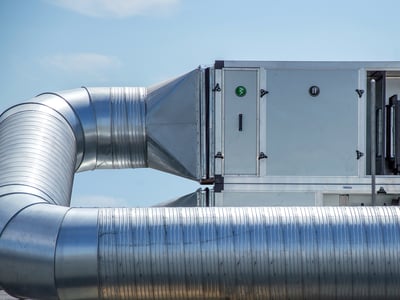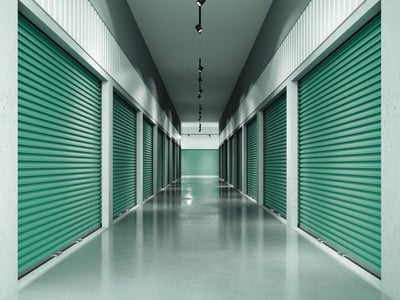Preserve a arte do ar puro em museus e outras instituições culturais. Nossos filtros de partículas de alta eficiência podem ajudá-lo a conservar objetos sensíveis - e preservar a saúde da equipe e dos visitantes - por muitas gerações.
A própria existência de museus, bibliotecas, arquivos e outras instituições culturais depende de sua capacidade de preservar e proteger itens históricos. Caso contrário, esses itens seriam perdidos ou destruídos em um ambiente natural.
Mas muitos objetos enfrentam o risco de deterioração - e danos irreversíveis - de fontes internas e externas de contaminantes como poeira, gás, produtos químicos, luz e umidade.
A boa qualidade do ar interno também beneficia funcionários e visitantes, que podem ser afetados por dificuldades respiratórias ou irritação nos olhos.
Sistemas HVAC de alta qualidade com um sistema de filtragem de ar que pode eliminar partículas minúsculas são, portanto, vitais para preservar a saúde dos funcionários e visitantes do museu, bem como de suas coleções inestimáveis.
Fontes internas e externas de contaminantes incluem:
Com o conhecimento combinado de conservacionistas e especialistas em sistemas de ventilação, você pode selecionar a melhor combinação de filtros para obter um ambiente controlado, mesmo com recursos limitados.
Como especialista líder em filtragem molecular, a Camfil pode ajudar com sua estratégia de filtragem de ar. Projetamos e fornecemos sistemas de filtragem de carvão ativado para preservar tesouros encontrados em museus e galerias de prestígio em todo o mundo, incluindo o Uffizi em Florença, a Biblioteca Britânica em Londres e Moderna Museet em Estocolmo.
Nossos serviços de monitoramento do ar podem determinar a natureza exata dos poluentes do seu edifício. Nós consideramos os tipos de artefatos e coleções armazenados em suas instalações e ajudamos você a implementar as soluções certas.


Proteja pessoas, processos, produtos e equipamentos, mantendo baixos os custos de manutenção e energia, mantendo as unidades de tratamento de ar desimpedidas.


Os clientes querem comer em restaurantes que controlam a segurança alimentar e a limpeza da área de refeições. Elimine odores e partículas de preparação de alimentos e diminua a possibilidade de contaminação de alimentos no ar e riscos de incêndio por vapores de óleo no ar.

Museus, galerias e arquivos trazem juntos objetos históricos e o público e preservam objetos para as gerações futuras. Faça da remoção de contaminação aérea uma parte importante da estratégia de preservação.

Os clientes veem mercadorias empoeiradas como mercadorias danificadas. Ar mais limpo em locais de armazenamento é uma vantagem competitiva. A redução da poeira trará muitos benefícios em custos de limpeza, economia de energia e funcionários mais saudáveis.
O clima frio e as férias de inverno tornam o ambiente acolhedor e divertido de um museu uma perspectiva atraente. Manter em bom estado o conteúdo destes edifícios repletos de artefactos, preservando muitas vezes décadas de história.
Qualidade do ar Edifícios comerciais e públicosAlguns dos efeitos da corrosão incluem uma deterioração significativa de monumentos naturais e históricos. A poluição do ar causa corrosão e está piorando em todo o mundo. Saiba como proteger seu equipamento.
Eletrônica e ópticaOs módulos CamCarb VG com meio de preenchimento solto são soluções robustas adequadas para sistemas de ar de reposição (ar externo) e recirculação de ar. O principal uso é o controle de gases ácidos que são responsáveis pela corrosão de equipamentos eletrônicos e elétricos em indústrias de processos pesados, como fábricas de papel e celulose, refinarias petroquímicas, operações de mineração e refino de metais e estações de tratamento de águas residuais.